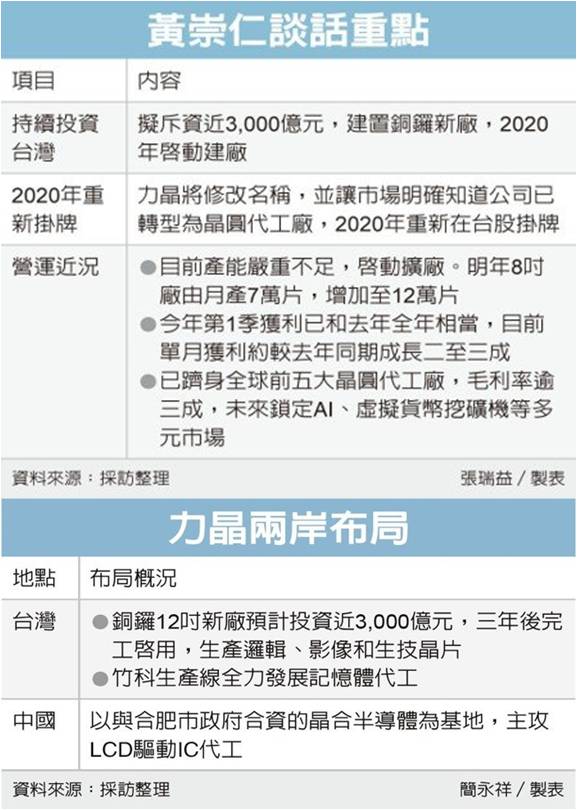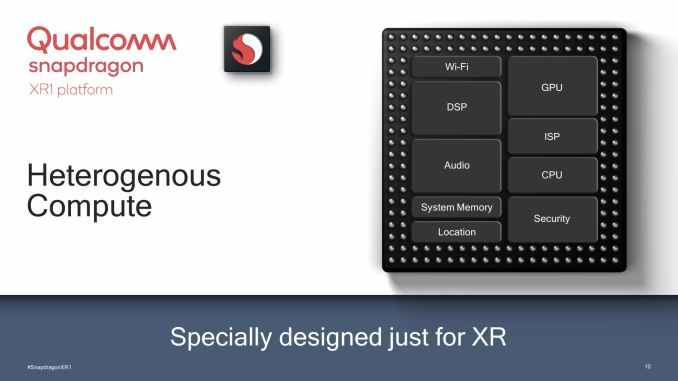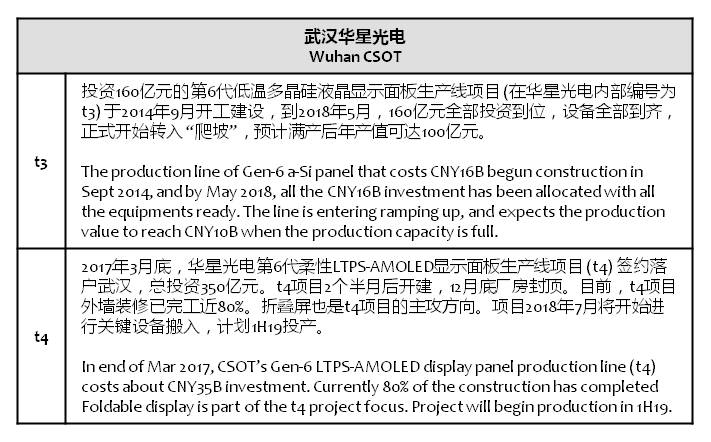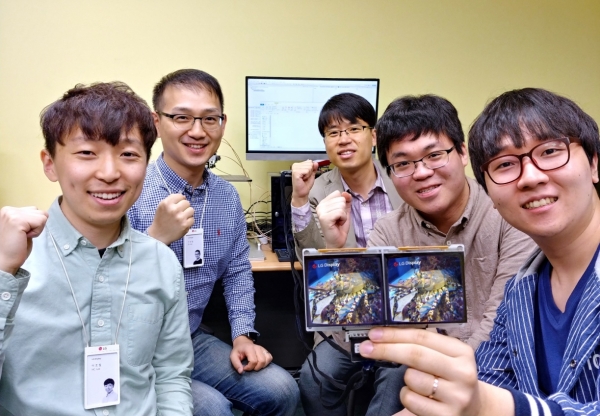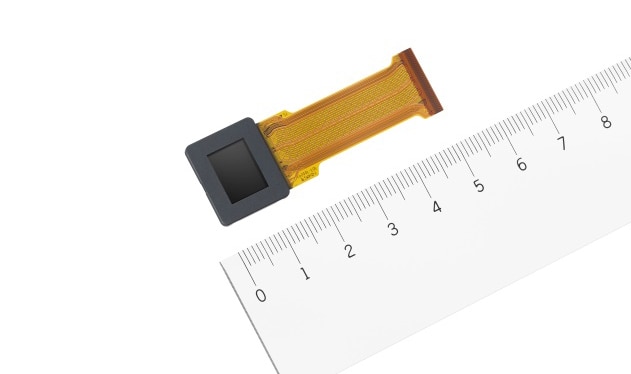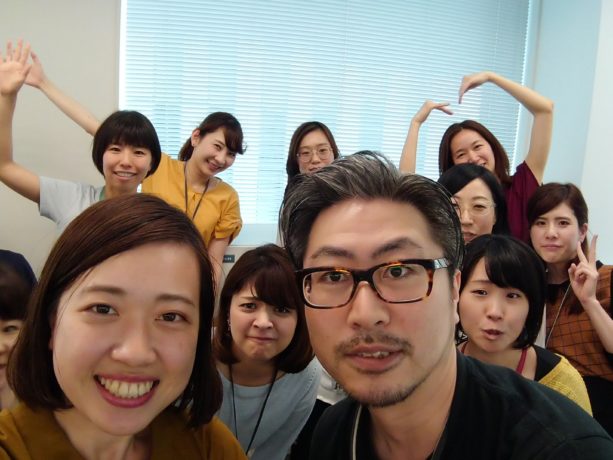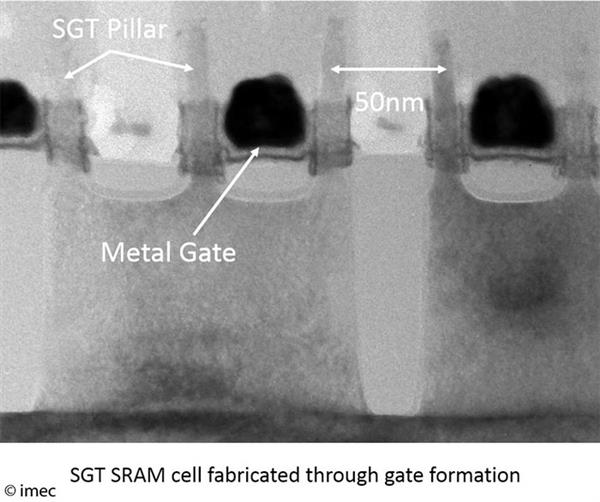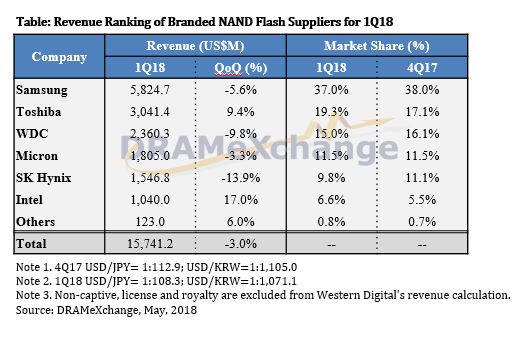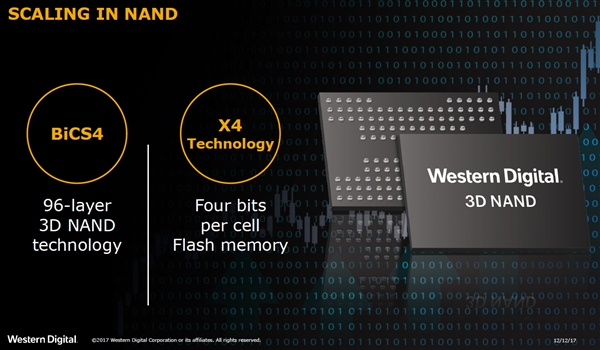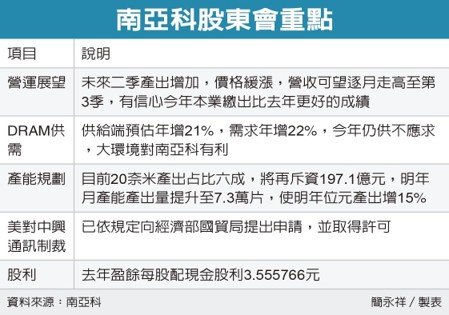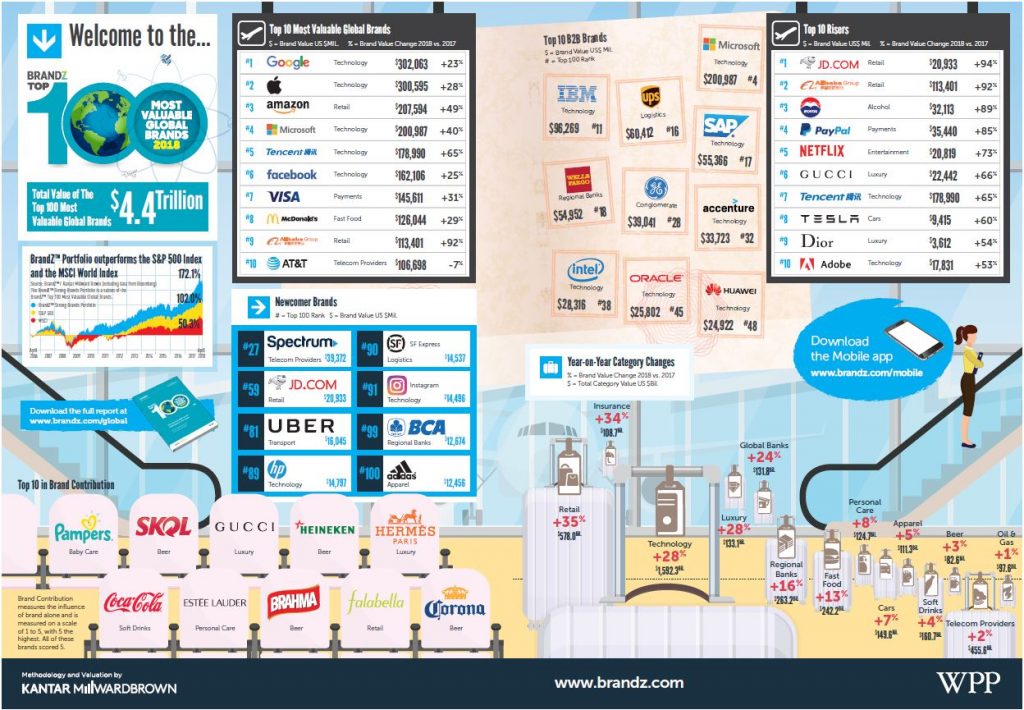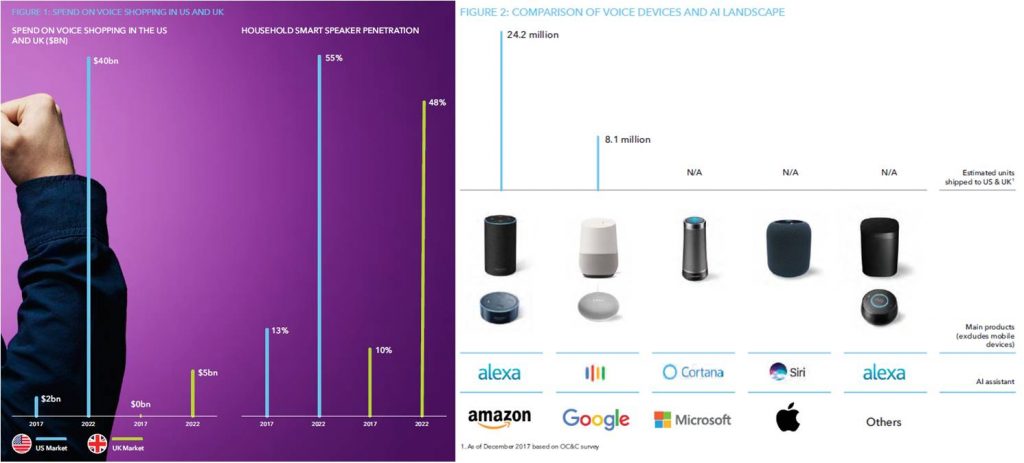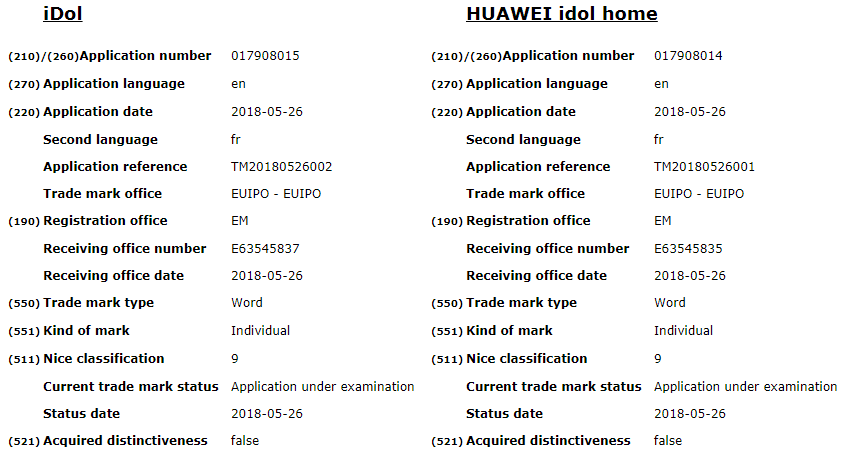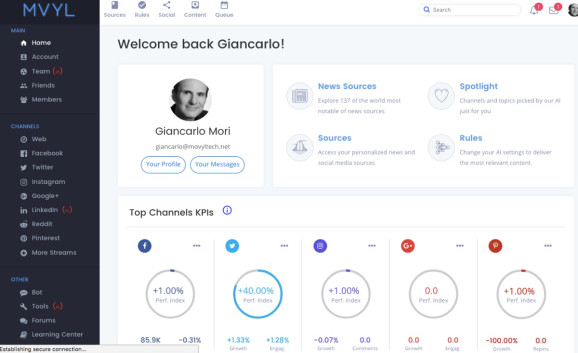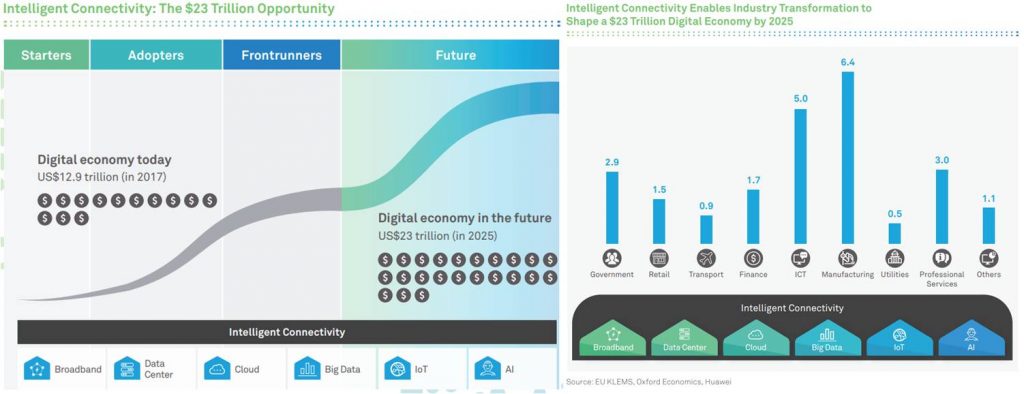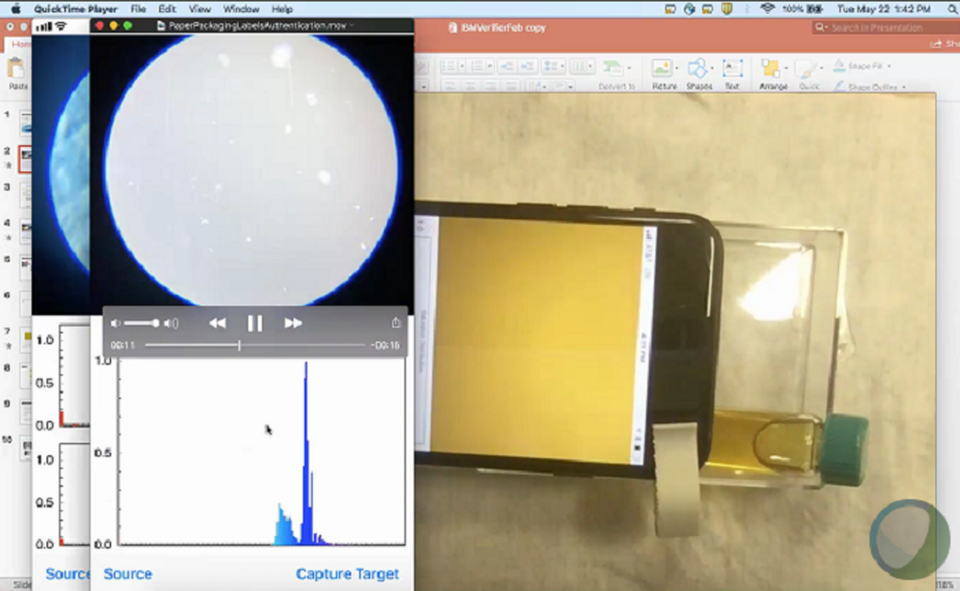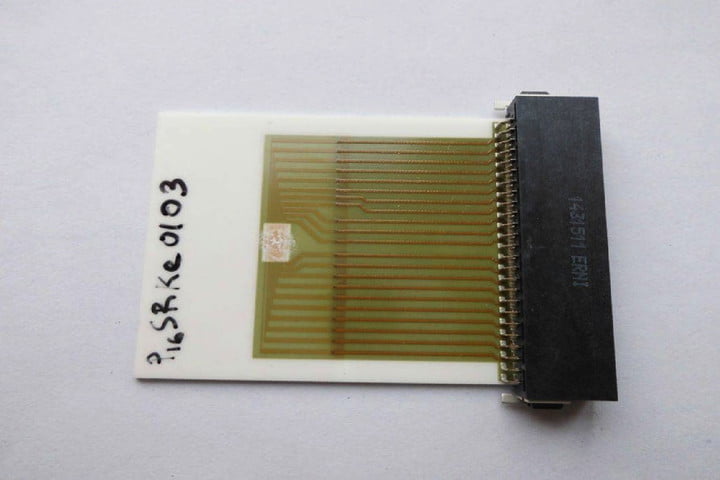
05-30: Qualcomm is announcing their first dedicated VR / AR / XR platform / SoC, the Snapdragon XR1; Google brings ARCore to China, starting with Xiaomi Mi Mix 2S; etc.
Chipsets
Foundry chipmaker Powerchip Technology wants to build a new USD10.1B 12” wafer plant in northern Taiwan. The first phase construction will begin in 2020 and aim for 15,000 wafers a month. The additional capacity of 35,000 and 50,000 wafers will be added in the second- and third-phase expansion projects. MOSFET chip demand for electric vehicles and smart cities as continuing to soar, while demand for IGBT (insulated gate bipolar transistor), sensors and biometric chips is also growing. (UDN, UDN, Laoyaoba, Fudzilla)
Second-tier IC foundries based in China and Taiwan including Hua Hong Semiconductor, Semiconductor Manufacturing International (SMIC) and United Microelectronics (UMC) are planning to hike quotes for 8” capacity by 20%~30% in 3Q18, according to Digitimes citing sources in the Taiwan IC design industry. (Digitimes, press, Digitimes)
UMC plans to invest a total of USD1.25B in its China-based plants where production capacity will be expanded to meet local demand, said company co-president SC Chien. UMC’s 12” fab in Xiamen named United Semi and Hejian Technology, its 8” fab in Suzhou, as well as United DS Semiconductor, a Shandong-based subsidiary of it specializing in IC design services, will assist UMC in building its local presence in China. (Digitimes, press, Xuehua, Silk Road)
Qualcomm is announcing their first dedicated VR / AR / XR platform / SoC, the Snapdragon XR1. Qualcomm sees the mobile headset market as encompassing three markets: entry-level “cardboard” devices used with phones, “high quality” but economically priced 3DoF headsets like the Oculus Go, and then “premium quality” 6DoF headsets like the Lenovo Mirage. Of these three groups, Qualcomm intends to go after the latter two. (CN Beta, Android Headlines, The Verge, TechCrunch, AnandTech, Qualcomm)
Touch Display
TCL Corporation plans to build a new production line for 8K and organic light-emitting diode (OLED) screens, at a cost of CNY42.7B (USD6.71B). The new production line, to be built in Shenzhen, will have the capacity to manufacture 90,000 screens of the latest generation ultra high definition variety each month. It will produce and sell 65”, 70” and 75” 8K resolution screens, as well as 65-inch and 75” OLED TV screens. (Laoyaoba, SCMP)
Wuhan CSOT will begin first flexible display trial production in Feb 2019, and CSOT GM Zhao Yong expects to provide vendors foldable display in 2020. (Laoyaoba, OfWeek, EEPW)
LG Display (LGD) and a Sogang University team have jointly developed the world’s first artificial intelligence (AI)-based content creation technology and measurement equipment. The core of the technology is an algorithm that can generate ultra-high resolution images from low-resolution ones in real time. Deep learning technology makes this conversion possible without using external memory devices. (VentureBeat, Business Korea, CIT News)
Apple is reportedly to completely transition iPhone platform to OLED display in 2019, which has influenced negatively on Japan Display Inc (JDI). (Apple Insider, ET News, My Drivers)
Sony’s OLED microdisplay EXC339A runs at 1600×1200 UXGA, supporting frame rates up to 240fps, maximum luminance 1,000cd/m2, maximum contrast 100,000:1 or higher and 110% of the sRGB colour gamut ratio. Sony is planning to use this microdisplay for digital camera and AR smart glasses or other head-mounted displays. (CN Beta, SlashGear)
Camera
Senior Manager of Sony’s Camera Technology Marketing Kensuke Mashita has indicated that “selfie-enabled AI” may be on its way. They are developing the next generation camera experience. (Ubergizmo, Sony)
Memory
Intel and Micron are announcing that their jointly-developed QLC NAND flash memory is now available, and Micron is now shipping the first solid state drive based on QLC NAND: an enterprise SATA drive branded the 5210 ION series. This will join the TLC-based 5200 family as a lower-cost tier with reduced write performance and endurance. (AnandTech, Micron, EXP Review, China Flash Market, Sina)
A process flow for six-transistor (6T) SRAM suitable for 5nm chips has been created by Belgian research lab Imec working with Unisantis Electronics Singapore. It uses surrounding gate transistors (SGTs) – a vertical gate-all-around architecture developed at Unisantis – to squeeze the cell into foot prints between 0.0184 and 0.0205μm2. (My Drivers, Electronics Weekly, EE Times)
TrendForce finds that the seasonal headwinds in 1Q18 has resulted in downward corrections of prices. On the whole, the revenue of branded NAND Flash suppliers dropped by 3% QoQ in 1Q18. Contract prices of eMMC/UFS and SSD products will keep falling in 2Q18 since the market is in slight oversupply. However, NAND Flash suppliers have also slashed prices significantly on products belonging to the standard and high-density categories (e.g. 256GB SSDs, 128/256GB UFS) to help stimulate bit demand growth. TrendForce therefore expects stable revenue performances from NAND Flash suppliers for 2Q18. (CN Beta, TrendForce[cn], TrendForce, press)
Western Digital (WD) has said that it has started shipments of its 4th-generation BiCS 3D NAND memory to some of its customers. WD (and Toshiba) BICS4 is a name for a family of 3D NAND flash devices featuring 96 active word lines (or layers). The lineup will include both TLC and QLC chips with capacities ranging from 256Gb to 1Tb. (CN Beta, AnandTech)
Nanya Technology expects to start shipping 8Gb DDR4 memory for sever applications in small volume in 4Q18, according to company president Lee Pei-ing. Nanya has delivered samples of its 8Gb DDR4 chips to specific customers for servers, said Lee, adding that the company’s standard DRAM focus will be placed on server applications rather than PCs. (Digitimes, press, CNYES, UDN)
Growth in DRAM bit demand will outpace bit supply growth in 2018, according to Wu Chia-chau, chairman for chipmaker Nanya Technology. DRAM bit demand is expected to increase 22% in 2018, while growth in the bit supply will reach 21%, said Wu. Wu continued that it remains to be seen whether China-based startups will impact existing DRAM suppliers. Fujian Jinhua Integrated Circuit and Innotron Memory (known previously as Hefei ChangXin or Hefei RuiLi) are both ready for mass production in 2019. (Digitimes, press, UDN, TechNews)
Toshiba Memory Corp (TMC), which is set to become independent from Toshiba, has announced their intention to start construction of a new BiCS 3D NAND fab in Jul 2018. TMC expects Western Digital (WD) to participate in the new project. The new fab will be located near Kitakami City, Iwate prefecture. By contrast, the existing NAND flash production facilities operated by TMC and WD are located near Yokkaichi, Mie prefecture. (My Drivers, AnandTech, Business Wire)
Sensory
Germany’s Karlsruhe Institute of Technology (KIT) has been developing a so-called “smelldect” project involving an “electronic nose” that is capable of sniffing out a range of different scents faster than a human can. The nose is just a few centimeters in size and contains all the necessary electronic components, including the tech to evaluate the gases. (Digital Trends, Karlsruhe Institute of Technology, CN Beta, TechWeb)
Phone
According to BrandZ Top 100 Most Valuable Global Brands, conducted by British advertising and branding firm WPP, it values Google‘s brand at USD302B, just above Apple at USD300.6B. The list was dominated by tech companies, with Amazon’s USD207B third place finish followed by Microsoft, Tencent, Facebook, Visa, McDonalds, Alibaba and AT&T. (Apple Insider, BrandZ, report, Sohu, Sina)
ASUS Zenfone 5Q is launched in US – 6” 1080×2160 FHD+, Qualcomm Snapdragon 630, rear 16MP + front 20MP, 4GB+64GB, Android 7.1, 3300mAh, USD299. (Android Headlines, GSM Arena, Phone Arena, ASUS)
Meizu M6T is announced in China – 5.7” 720×1440 HD+, MediaTek MT6750, rear dual 13MP – 2MP + front 8MP, 3GB+32GB / 4GB+32GB / 4GB+64GB, Android 7.1, 3300mAh, from CNY799. (CN Beta, GizChina, Gizmo China)
Nokia 5.1, 3.1, and 2.1 are launched: 5.1 – 5.5” 1080×2160 FHD+ IPS, MediaTek Helio P18, rear 16MP + front 8MP, 2GB+16GB / 3GB+32GB, Android 8.0, 2970mAh, from USD219. 3.1 – 5.2” 720×1400 HD+ IPS, MediaTek MT6750, rear 13MP + front 8MP, 2GB+16GB / 3GB+32GB, Android 8.0, 2990mAh, from USD159. 2.1 – 5.5” HD IPS, Qualcomm Snapdragon 425, rear 8MP + front 5MP, 1GB+8GB, Android Oreo (Go Edition), 4000mAh, USD115. (Android Authority, Android Headlines, CNET, GSM Arena)
GOME Fenmmy Note is launched in China – 5.99” 720×1440 HD+, MediaTek Helio P23, rear dual 13MP-5MP + front 5MP, 2GB+16GB / 3GB+32GB / 4GB+64GB, Android 8.1, voice recognition, fingerprint scanner, face unlock, 3500mAh, CNY499 / CNY699 / CNY899. (CN Beta, Sina, Sohu)
PC / Tablet
Pegatron is likely to land orders from Apple to produce an ARM-based MacBook model, codenamed Star with a series number N84, according to Digitimes. (Digitimes, press, CN Beta)
Augmented / Virtual Reality
Google brings ARCore to China, starting with Xiaomi Mi Mix 2S via Xiaomi app store. ARCore requires Android 7.0 and above, as well as the Google Play Store to receive updates to the AR component and download apps from third-party developers. The latter requirement is not possible in such places like China where the Play Store is not available. (9to5Google, Google, JRJ, Sohu)
HTC has announced a major system update for its standalone Vive Focus and other measures to expand its VR ecosystem, including partnerships with cross-sector brands such as Major League Baseball (MLB), McLaren Formula 1 team and Seagate. Vive Focus System Update 2.0 enables the Vive Focus standalone headset to integrate with HTC U12+. (Digitimes, press, ePaper)
Home
Purchases made through devices such as Google Home and Amazon Echo are projected to leap from USD2B to USD40B by 2022 as technology improves, U.S. consumers become more comfortable and the speakers become nearly as commonplace in homes as a flat-screen TV, according to OC&C Strategy Consultants. (USA Today, VentureBeat, OC&C Strategy, report)
Huawei’s smart speaker may be launched as the “iDol home”. Huawei has actually applied for a pair of trademarks for “iDol” and “iDol home” with this leading to speculation that the company has done this in preparation of the launch of its smart speaker. (Ubergizmo, Mobielkopen, Vmall)
Automotive
Since launched, Tesla Model 3 production is not optimistic – 5000 weekly production target has been delayed a number of times. However, its production is increasing, currently the production volume has exceeded 20000 units, but there are still 400K units to be produced. Tesla Model 3 has begun delivery since 28 Jul 2017, first batch with 300K units. The 3 quarters afterwards the production capacity did not meet the target. The target production capacity of 5000 units per week has been delayed from end of 2017 till end of 2Q18. (CN Beta, BGR, Electrek, EV Bulletin, Axios)
Artificial Intelligence
Movyl Technologies is unveiling its artificial intelligence (AI) based social marketing platform to automate labor-intensive tasks such as influencer marketing and help scale social efforts. Movyl’s smart social marketing platform automates the functions of composing, curating, scheduling, and publishing content; engaging with influencers; listening across channels; and analyzing social campaigns. (VentureBeat)
According to the Huawei Global Connectivity Index 2018, whole new business models, products, processes and services are emerging every day, accelerating growth towards a digital economy worth upwards of USD23T by 2025 and throwing open the gates to a new economic growth cycle. Intelligent Connectivity will unleash a new wave of innovation and economic activity. (Huawei, report, report[en], Laoyaoba, Sohu, From Geek)
According to Fubon Securities, artificial intelligence (AI) has a market boomer. It expects by 2025, global AI business opportunity will reach USD230B, with CAGR 45%. In 2030, there will be higher jump rate, the global market will increase to USD15.7T, focusing on 3 main application areas namely automotive, medics, and consumers. (China Times, Laoyaoba, CEB2B)
HTC will unveil an artificial intelligence (AI) platform to speed up the pace of innovations in that field. HTC said its healthcare division DeepQ will launch the DeepQ AI platform. the DeepQ AI platform accommodates a wide range of AI applications, parameters and interfaces that are expected to provide effective and efficient solutions for AI development and enhance AI innovations. (Laoyaoba, China Times, Focus Taiwan, UDN, TechNews)
Fintech
IBM Research has announced the introduction of IBM Crypto Anchor Verifier, a new technology that relies on artificial intelligence (AI) and optical imaging to prove the identity and authenticity of objects. They are rolling this technology out with one of our first clients, GIA (Gemological Institute of America), to help them evaluate and grade diamonds. (Laoyaoba, IBM, PYMNTS, Forbes)
